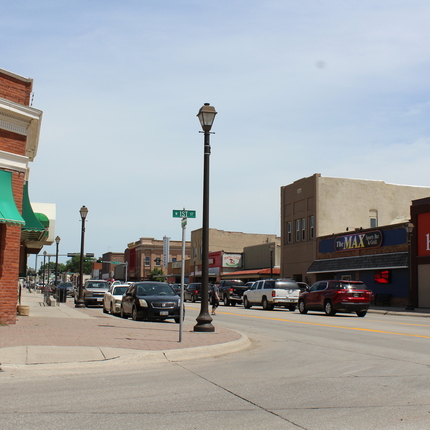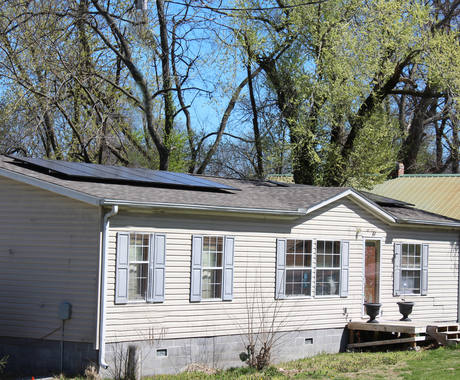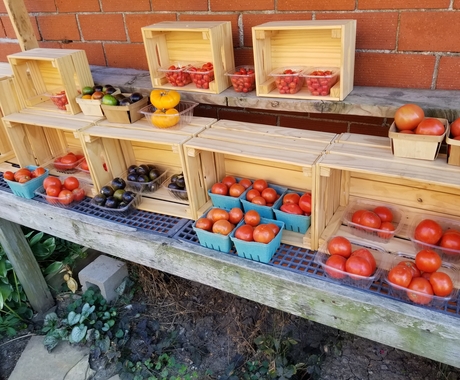By Lucas Nelsen, former staff member
The Center for Rural Affairs believes that energy efficiency and renewable energy development can offer significant benefits to our state. Energy efficiency in particular provides Nebraskans with an affordable option to decrease their power consumption and electric bills. An increased focus on energy efficiency would be especially beneficial to low-income Nebraskans in rural areas.
- U.S. Department of Agriculture (USDA) notes that 17.7 percent of rural families live below the poverty line.
- The American Council for an Energy Efficient Economy identified that families below the poverty line spend 8 percent of their income on electricity, a much higher proportion than higher income families.
- Additionally, in the Midwest, the working poor consume up to 26 percent more energy per year than the average population.
Ensuring that Nebraskans have access to information about improving energy efficiency and investing in local renewable energy is a good first step towards empowering citizens to make decisions about their energy future and use the two in conjunction to maximize the benefits they can see through savings on their electric bills. However, it is also essential that policies exist through state and public power entities that will assist communities in developing renewable energy and taking steps towards improving energy efficiency for homes and businesses.
Nebraska consistently ranks in the bottom third of states in efforts to use energy more efficiently, despite ranking seventh among states for highest per capita energy consumption, according to the American Council for an Energy Efficient Economy. Investing in energy efficiency can provide significant benefits to ratepayers, especially in low-income households and rural communities, and developing local renewable energy generation helps keep our hard-earned dollars in our state.
Our state has the potential to meet more than 118 times our current energy needs through renewable wind energy, and large-scale solar energy could provide over 300 times our needs. Capitalizing on this renewable generating potential and combining it with energy efficiency are opportunities Nebraskans should not ignore. Policymakers should also seize these opportunities. The installation of local renewables and energy efficiency is not only a chance to reduce power bills and energy usage, but also to bring new economic development to rural communities in Nebraska.
It is up to the Legislature and public power entities in the state to identify measures that allow average Nebraskans to invest in energy efficiency and renewable energy. One example from the previous session of the Legislature is LB 1012, which provided for Property Assessed Clean Energy (PACE) financing. PACE financing allows municipalities throughout the state to determine the best way to assist in financing energy efficiency and renewables for business and homes. The Dollar and Energy Saving Loan from the Nebraska Energy Office also offers an example of a program that can offset upfront costs further, and could be combined with PACE financing to make undertaking these projects easier on consumers.
PACE and other financing can help businesses and residences make significant energy efficiency improvements or renewable energy investment.
- The Powers Distributing project in Orion Township, Mich., was the first refinanced PACE project in Michigan, allowing for the business to access long-term financing. Between 2013 and 2015, Powers Distributing invested in LED lighting and a 95 kilowatt solar system and began work to become a zero landfill business. The total cost of the project was $435,000, with estimated energy savings of over $1 million. Powers Distributing saves $40,000 per year and reduces annual energy usage by 360,000 kilowatt hours.
- The Ivy Knoll Senior Retirement Community project in Covington, Ky., used PACE to fund a $750,000 project to make several improvements to the facility and invest in a solar project. Ivy Knoll’s solar system generates over 64,000 kilowatt hours annually, and it’s estimated that new LED lighting saves the facility more than $12,000 per year. The facility also made other improvements, including modernized elevators that reduce energy consumption by 40 percent and updates to the building’s heating and cooling system that will reduce consumption by an additional 20 percent.
Educating communities and businesses on these measures is key to capturing the benefits from local renewable generation and energy efficiency. As more programs are considered and implemented, Nebraskans must be included in the process and made aware of the opportunities the programs provide for investing in renewables and energy- and money-saving energy efficiency.




